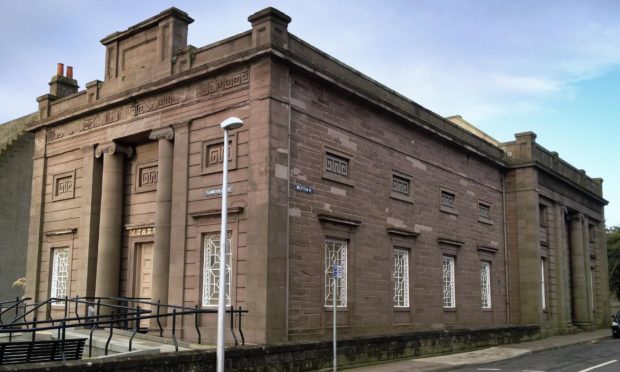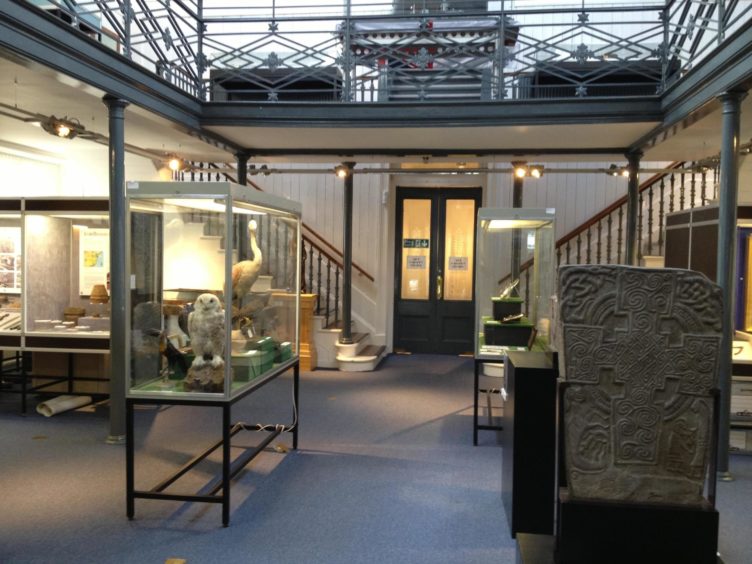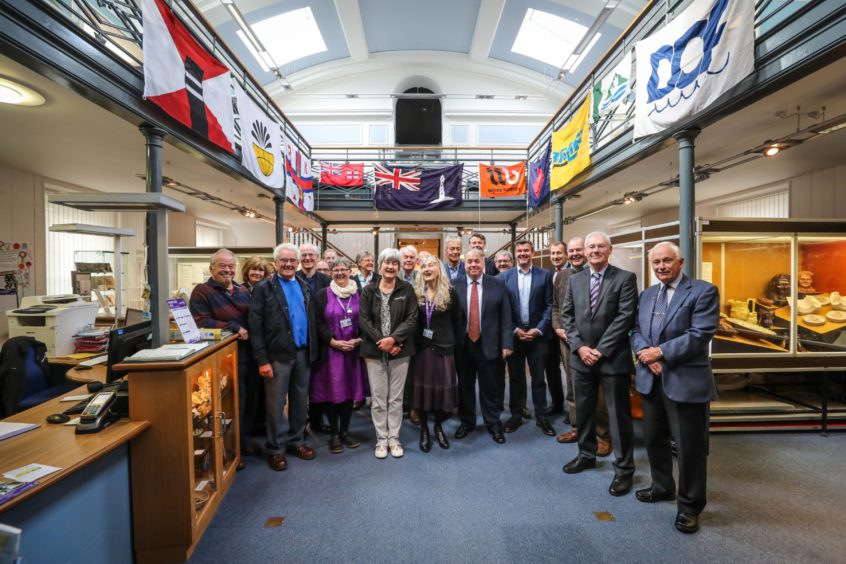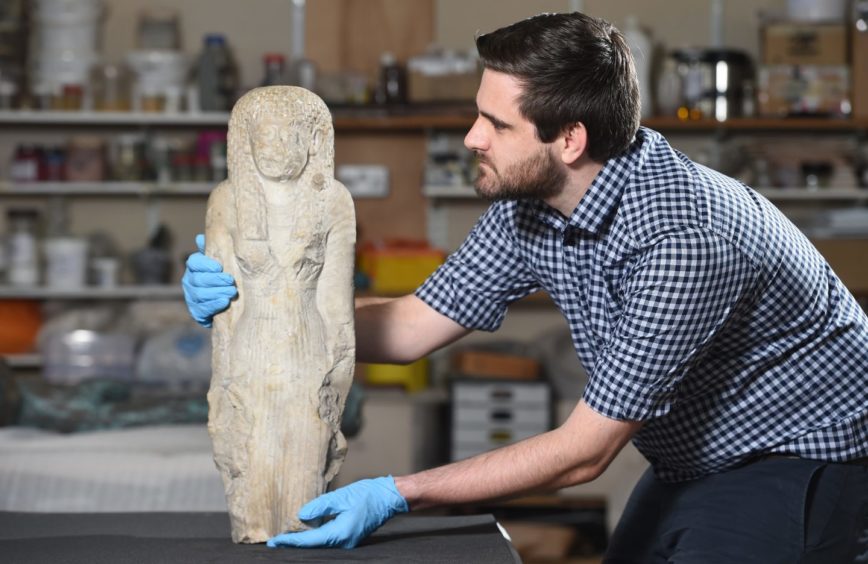One of Scotland’s first purpose built museums is receiving a five-figure boost to help it flourish when doors re-open after lockdown.
The near 180-year-old Montrose Museum and Art Gallery is receiving more than £55,000 from Museums Galleries Scotland Covid-19 development fund.
It will help finance a ‘once-in-a-lifetime’ opportunity to put the museum at the heart of the community and explore the untapped potential of its collections.
Angus Alive culture and leisure trust is to use the grant for the first phase of the Montrose Museum Reimagined project.
It will see a year-long programme of planning, collections research and public consultation.
Funded by Antiquarian Society
The Panmure Place museum on the attractive Mid Links was built in 1842 with funds raised by the Montrose Natural History and Antiquarian Society.
Formed in 1836 and Scotland’s second oldest antiquarian society, MNHAS continues to thrive.
Despite being forced to cancel its winter meetings schedule due to the pandemic, the group plans to confirm its 2021 programme in the coming months.
The neo-classical building was designed to look like a temple of learning and was one of the first purpose-built museums in the country.
Its Victorian collections are currently displayed in three galleries themed on local history, natural history, art and maritime history displays.
Last redesigned over 20 years ago, Montrose Museum Reimagined will explore possibilities for new layouts to create greater access than ever before.
Fit for 21st Century
Angus Alive museums exhibition lead, Rachel Jackson said: “This phase is just the first step in the journey to transform the museum.
“We need to understand the changes we can make to the physical building as well as explore in more detail our wonderful collections to find ways to better serve and engage with our local community and visitors.
“The project will also help tackle the physical, sensory and participatory barriers in accessing the museum in its current condition and look to maximise opportunities for community collaboration and providing creative programmes to improve the health and wellbeing of visitors.
“We need to ensure our museums are fit for the 21st century where everyone can feel there is something for them, both in the near future and years to come.
“I’m confident this project will help us in achieving that.”
Specialists engaged
The Museums Galleries Scotland fund supports museums to build resilience and address challenges brought about by the pandemic.
Lucy Casot, chief executive of Museums Galleries Scotland added: “We are delighted to support Angus Alive to transform Montrose Museum into a hub for the region through their forward-thinking and ambitious plans for its future.
“The local community and their heritage will be at the centre of the museum with an emphasis on engagement, collaboration and knowledge sharing at each stage of the Montrose Museum Reimagined project.
“We wish them every success,” she said.
Angus Alive has engaged Edinburgh-based Studioarc to help deliver the first phase.
The new funding will see two researchers recruited to delve into the collections, digitising and conserving artefacts.
Egypt to Montrose
Montrose Museum’s treasure trove includes the stunning limestone statue of an Egyptian temple musician which has been in the collection since its earliest days.
However, the story behind the exquisite sculpture of Meramuniotes only fully emerged a few years’ ago when the translation of hieroglyphic text unlocked the secrets of the ancient relic.
Curators who examined the piece in advance of a 2018 National Museums Scotland touring exhibition concluded it was a sculpture of Meramuniotes, who lived between 332-30 BC.
The text details Meramuniotes’ family, her role in the temple and her wishes for the afterlife.
Her parents, siblings and descendants were all involved in the temple priesthood of ancient Thebes.
The inscription explains she played the sistrum – a percussion instrument – in the temple of Amun-Ra.
Statues commemorating other members of her family are in museums in Cairo, Turin and London.
It was donated to the newly-formed museum in the 1800s by Montrose-born Dr James Burnes, a relative of Robert Burns, who worked as the physician general for Bombay, now Mumbai.
After being sent on sick leave suffering from malaria, he travelled home to Scotland via Egypt in 1834 and collected the statue during his visit.
Experts say the rarity of the piece is enhanced by its remarkable connection to the Angus town.



